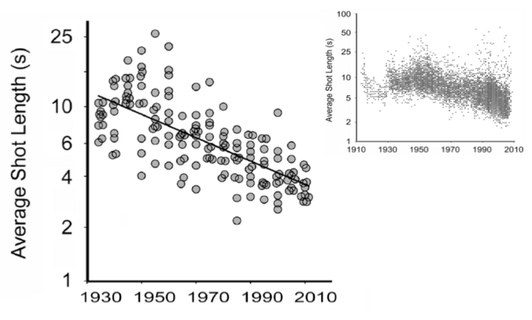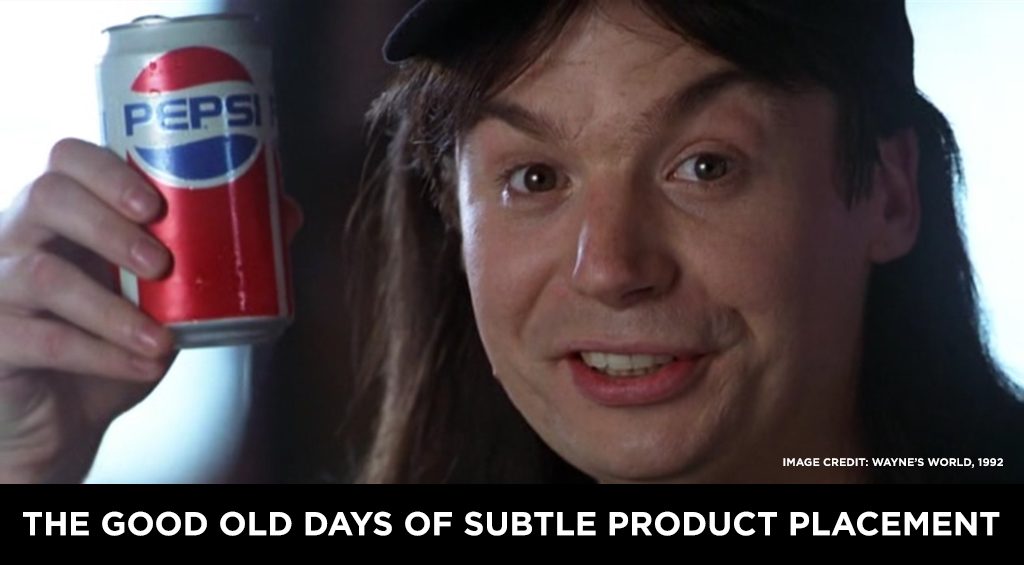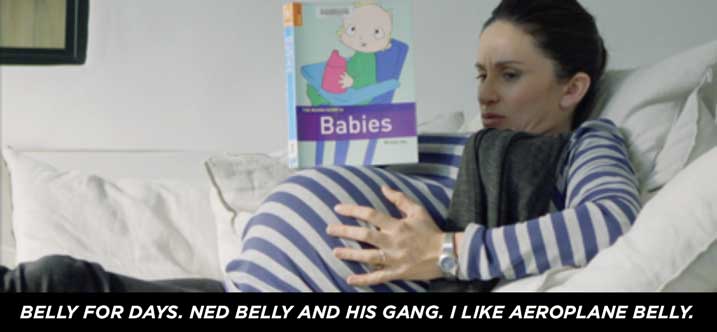
Just short of 100 years ago, the world entered a decade nicknamed ‘The Roaring Twenties’. It was a time of hope, unforeseen prosperity and change. Advances in industry and technology allowed the average person to purchase automobiles for the first time. Women were newly empowered by gaining the right to vote and people thought that the good times would never end.
Jump ahead 100 years as a new decade looms for us all, we brace ourselves for unprecedented exponential change that may take us all by surprise. Most would argue that change is inevitable, but it seems technology is compounding change in much shorter time frames.
Let’s take a quick look back over the last 10 years. Coca Cola was the biggest brand globally, then in 2013, Apple took the throne. What changed?
Well in 2009 only 3 of the 10 highest value companies were in the tech industry…

Today 6 out of 10 are tech companies, dominate the top 4 positions.

We’ve gone from headphone jack in the 2010’s to wireless earbuds, one-button to no buttons, and now you can stream on-demand video content from any smart device in the world.
Of all the young Australian’s (18-35) that stream on their laptops or televisions weekly, it is estimated more than 75% will watch a piece of other content on their phone… at the same time.
With so much content that you need two devices playing simultaneously, it seems like we’re reaching an overload… but the truth is that while content is being made more frequently, it’s also being watched more specifically.
Here in Australia, we were so eager to get Netflix that many Aussies used VPNs to watch the content overseas before it came into the market legally. The idea of not having to pay $100 for Foxtel seemed too good to be true.

But when you pay month-to-month for these streaming services do you end up saving?
To compete with the rise of Netflix, companies like Disney, Apple, Amazon, and HBO have launched their own exclusive video-on-demand platforms, creating a kind of exclusive content war.
For example, if you wanted to watch the finale of Game of Thrones earlier this year, you would need to have purchased HBO Max (or “Foxtel” in Oz), but if you wanted to watch Stranger Things you would’ve had to purchase Netflix.
Disney now owns the rights to all Fox and National Geographic content, as well as the Marvel and Pixar movies, so anyone who wants to watch that content will need to purchase Disney+.
Consumers are now forced to purchase multiple subscription on-demand services if they want exposure to the full spectrum of content available. Ironically this ends up costing around the same as cable once did, albeit much more convenient.

But do all these new platforms mean that old services such as TV subscriptions, free-to-air and cable are redundant?
Maybe not…
10 years ago, Hugh Chignall described radio as ‘dead’ in his Key Concepts in Radio Studies. In fact today, more young-adults (20-35) listen to radio and podcasts than watch Netflix/HBO or traditional news media.
Audiences are hungrier than ever for quality content. More than 100 million hours of video are watched each day on Facebook, a billion on Youtube, which is the world’s 2nd most used searched engine after Google.
More than 75% of subscribers to Netflix have a 2nd streaming service and more than 50% have a third.
But how can this help your business?
As customers become over-serviced for content, it’s inevitable that traditional campaigns will become less enticing. Particularly when they’re inserted into traditional online platforms.
After all, nobody gets excited about watching a 15-second ad in front of their YouTube video. So what’s the alternative?
Why not make exciting content that can live on your own platform?
A few years back, Fairfax and Domain partnered with a team of filmmakers to create the web-series Avalon Now.
The comedy series was intended to poke fun at the first-world problems of middle-class beach-siders, and it ended up getting more than 2.5 million views, which led to the commission of a 2nd season… exclusively on the Domain.com website. Really, check it out…
https://www.domain.com.au/topics/avalon-now/
Now even though there are properties featured in the show that you can rent or purchase on Domain, it begs the question… why would Domain do this?
Because as Domain editorial and marketing boss Melina Cruickshank stated:
“The series was developed to speak to a new generation of buyers and sellers. We wanted to bring a light-hearted approach to property and the Domain brand to speak to someone beyond the initial target market and capture people who might not have heard of us previously. It’s not a typical marketing campaign, we wanted to get our brand across in a way that wasn’t traditional.”
Here’s another example of a brand featuring stories rather than their services…






























